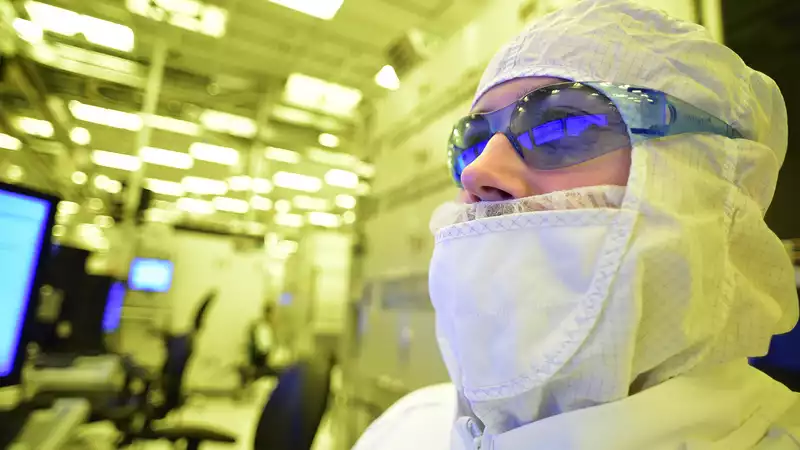Intel's next-generation 7nm manufacturing process is on track. So says Pat Gelsinger, Intel's new CEO and perceived savior. The chipmaker's new leader also reaffirmed Intel's intention to keep the bulk of its production in-house.
Gelsinger revealed that he first saw and liked the health of Intel's upcoming 7nm process during one of the quarterly earnings calls that analysts like to cover.
"I had the opportunity last week to personally examine the progress of Intel's 7nm technology. Based on my initial review, I am pleased with the progress made regarding the health and recovery of the 7nm program. I am confident that the majority of our 2023 products will be manufactured in-house," Gelsinger said.
However, Gelsinger also acknowledged that Intel will need to increase the range of chips it outsources to external foundries. He said, "At the same time, given the breadth of our portfolio, we may expand our use of outside foundries for certain technologies and products."
On the broader question of whether Intel can regain its market-leading position, Gelsinger was upbeat. He said, "Personally, I was deeply involved in the period when Intel underperformed in the market and was late to the multi-core game, and during that period from 2005 to 2009, we turned the company around and established ourselves as the undisputed leader through a period when many were questioning the company's ability "
As background, Rocket Lake, Intel's next desktop CPU architecture to be announced this spring, will use Intel's aging 14nm process; with Alder Lake at the end of 2021, Intel will move to 10nm technology for the first time Intel will move to 10nm technology. This is at least five years later than Intel's original intent. In fact, Intel originally planned to introduce 7nm around 2017.
Meanwhile, Taiwanese mega-foundry TSMC has been relatively successful in pushing the new production node, currently producing about 20% of its output at the 5nm node, which is said to be roughly comparable to Intel's 7nm in terms of functional density.
Long story short, Intel appears to have decided to stick with its current business model of designing and manufacturing chips in-house, at least for the time being. Recently, there has been speculation that Intel's 10nm and 7nm nodes have been so problematic that the company may have to consider moving to a purely IP-based model, where it designs the CPUs and other chips and outsources production to outside facilities such as TSMC.
Gelsinger's comments are a clear refutation of this idea. However, with 10nm about 5 years behind schedule and the impact on 7nm, Intel's recovery will be difficult to achieve anytime soon. Even if Gelsinger's view on 7nm is accurate and Intel gets back on track, our expectation is that Intel will use foundries like TSMC to fill the gap over the next few years.
Overall, Intel taking the fight to AMD is good news for PC gamers; while AMD is currently going strong, a healthy Intel will ensure that AMD and Intel continue to advance each other and make our PCs faster and faster. But we still need a little patience. It will take time for Intel to fully recover. The best-case scenario is that the next few years will be tumultuous at best for Intel.


Comments